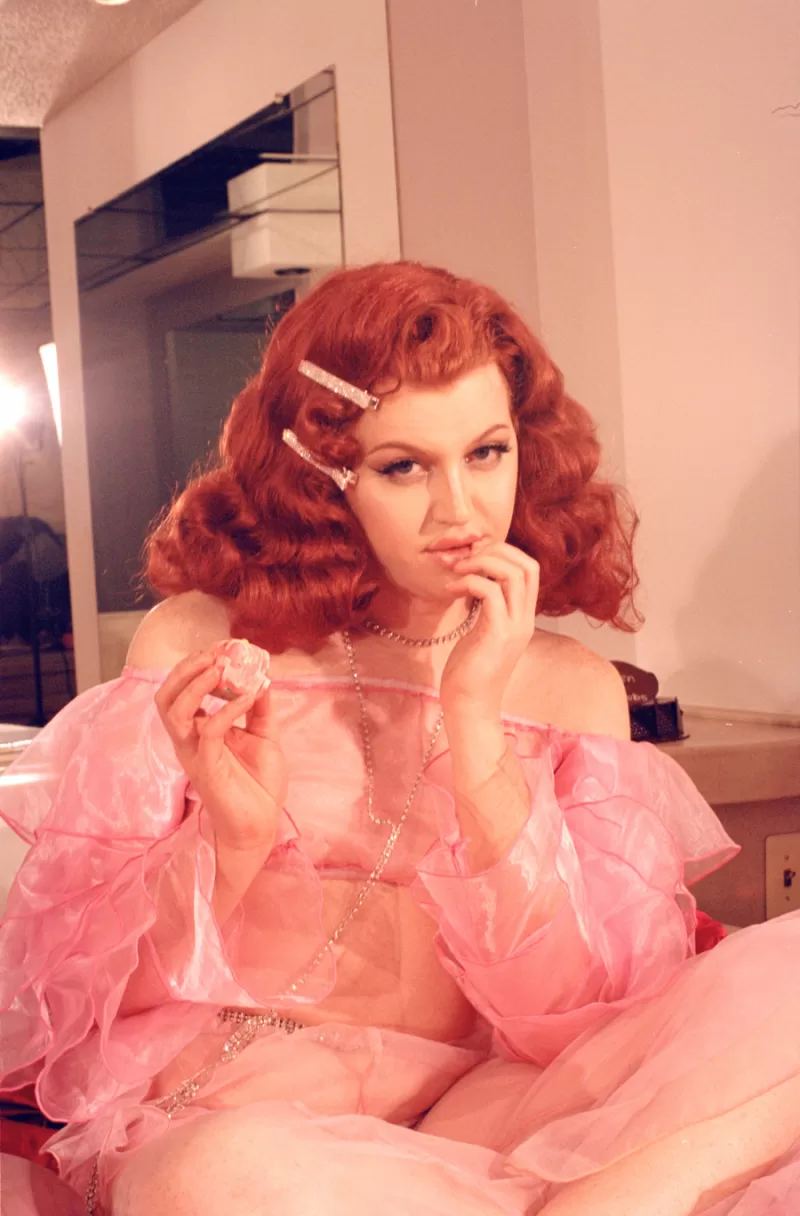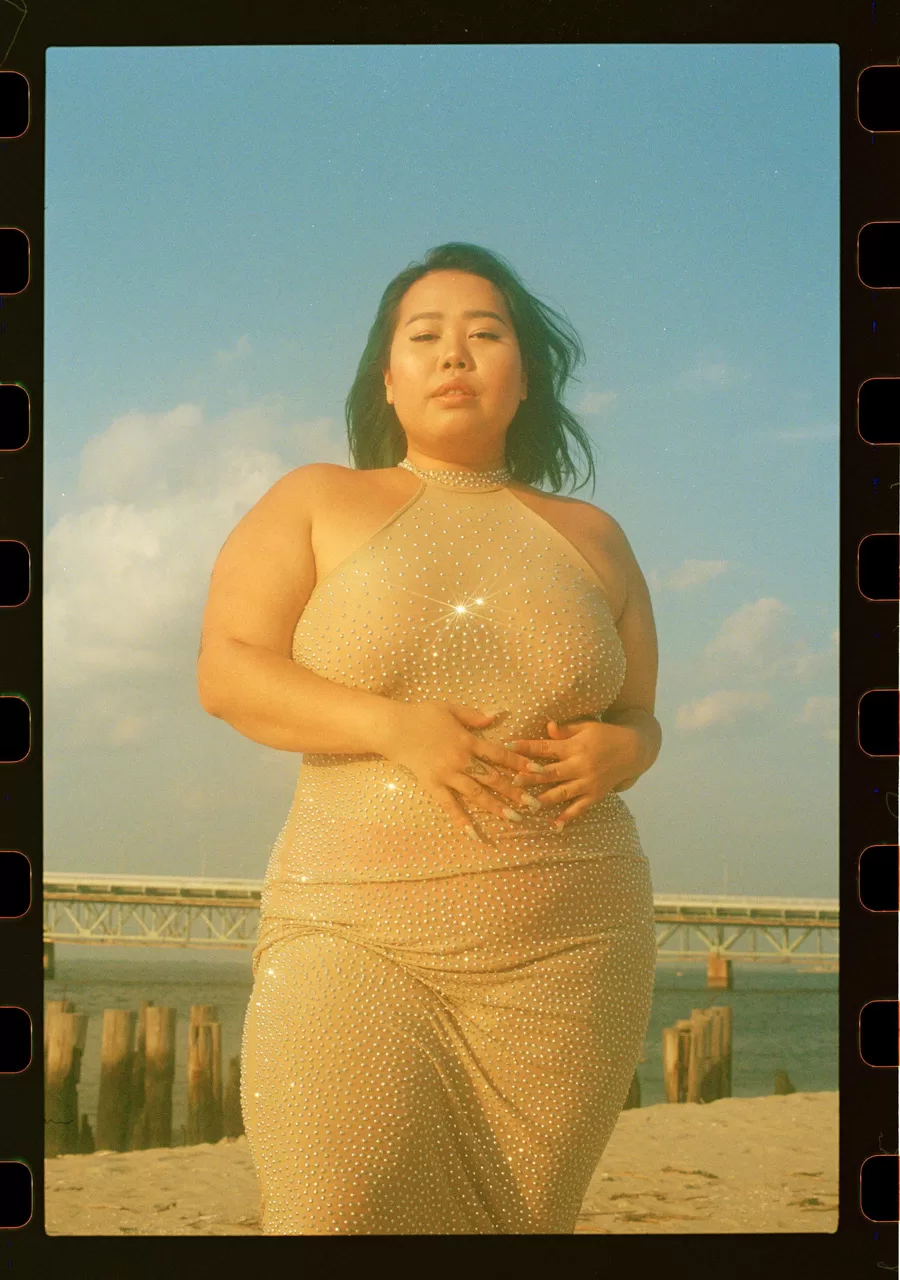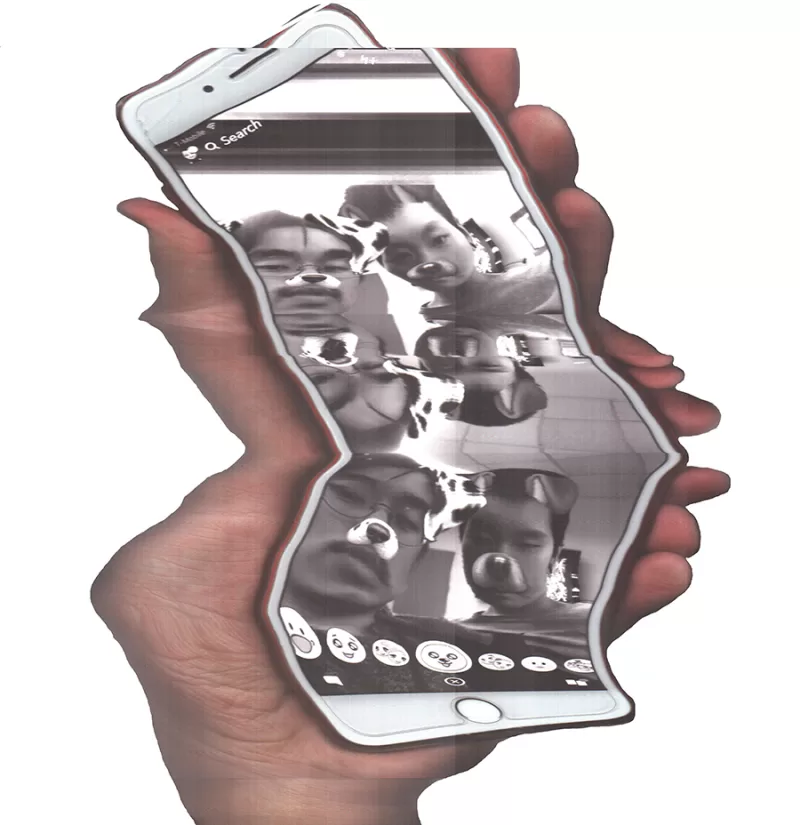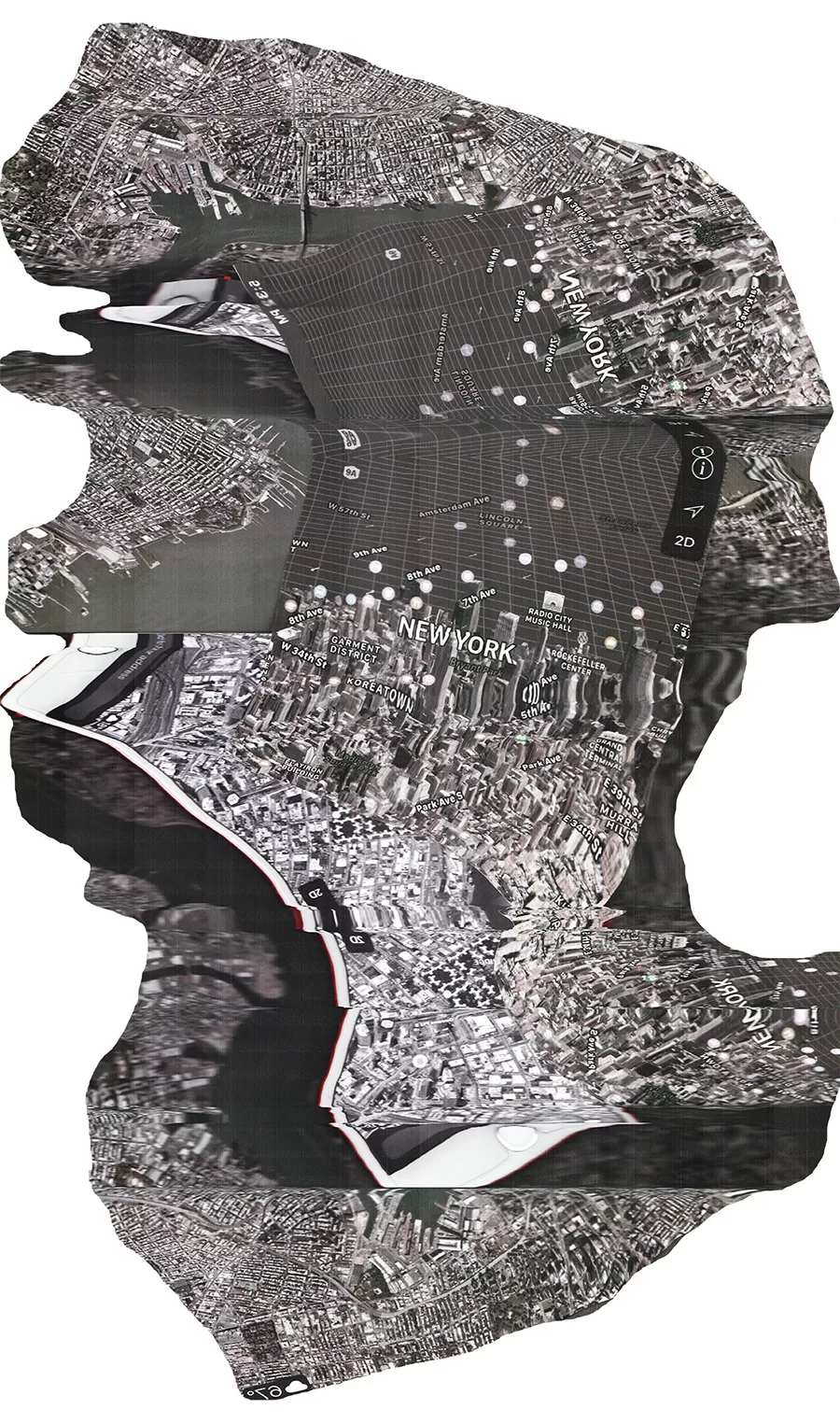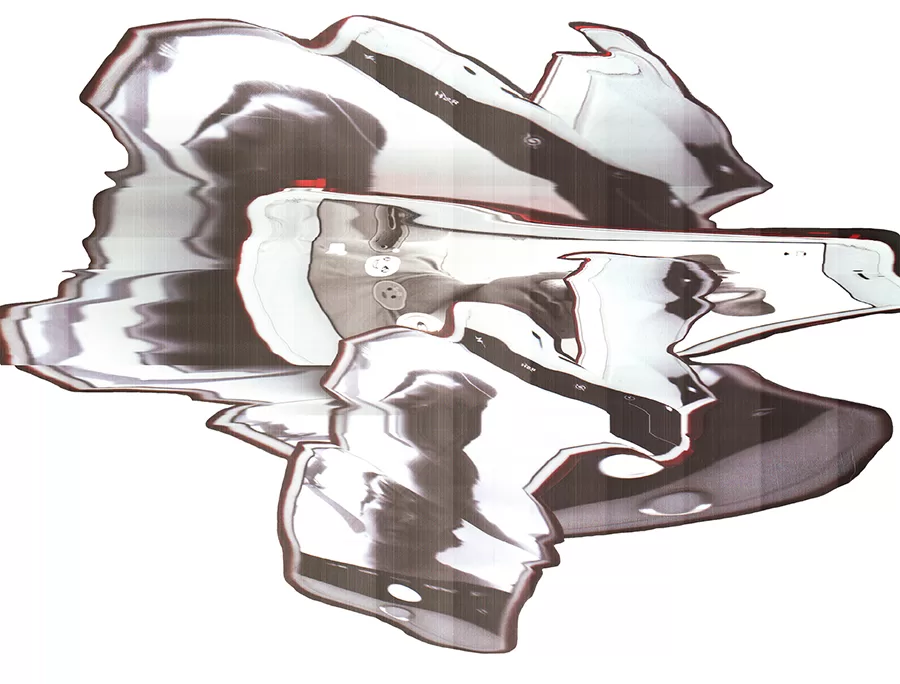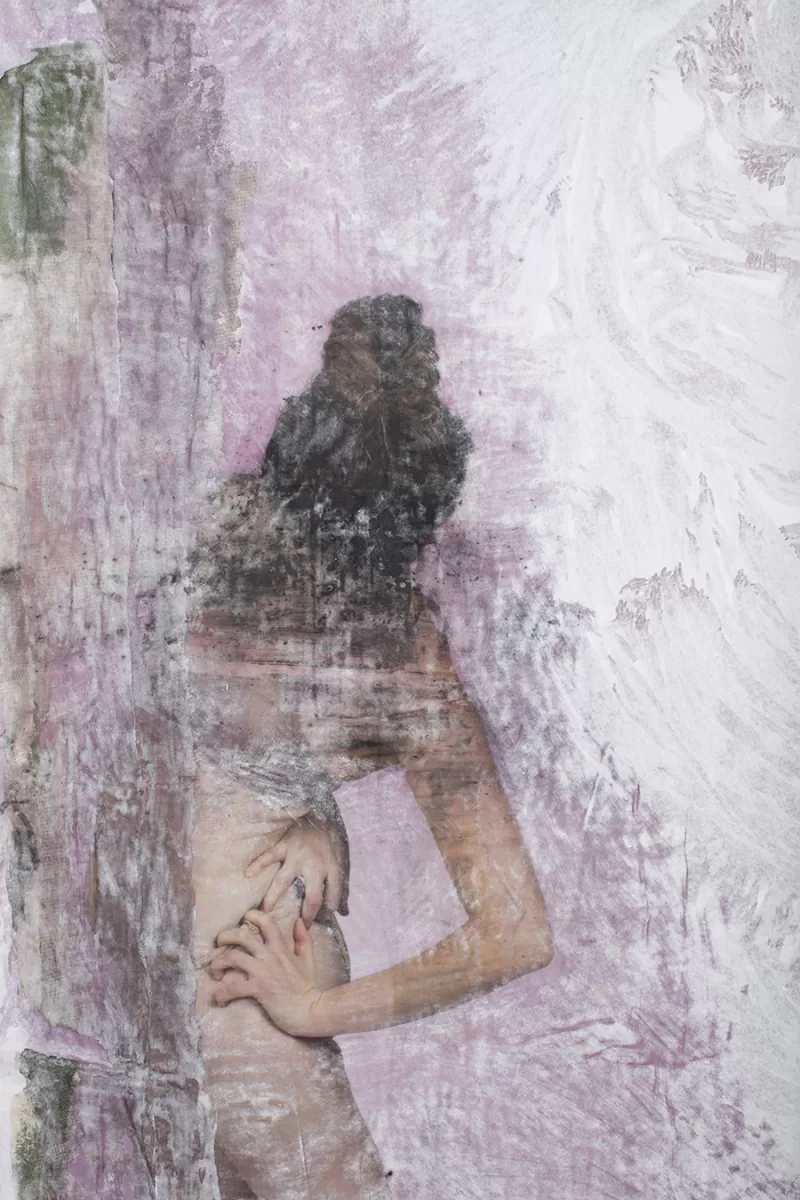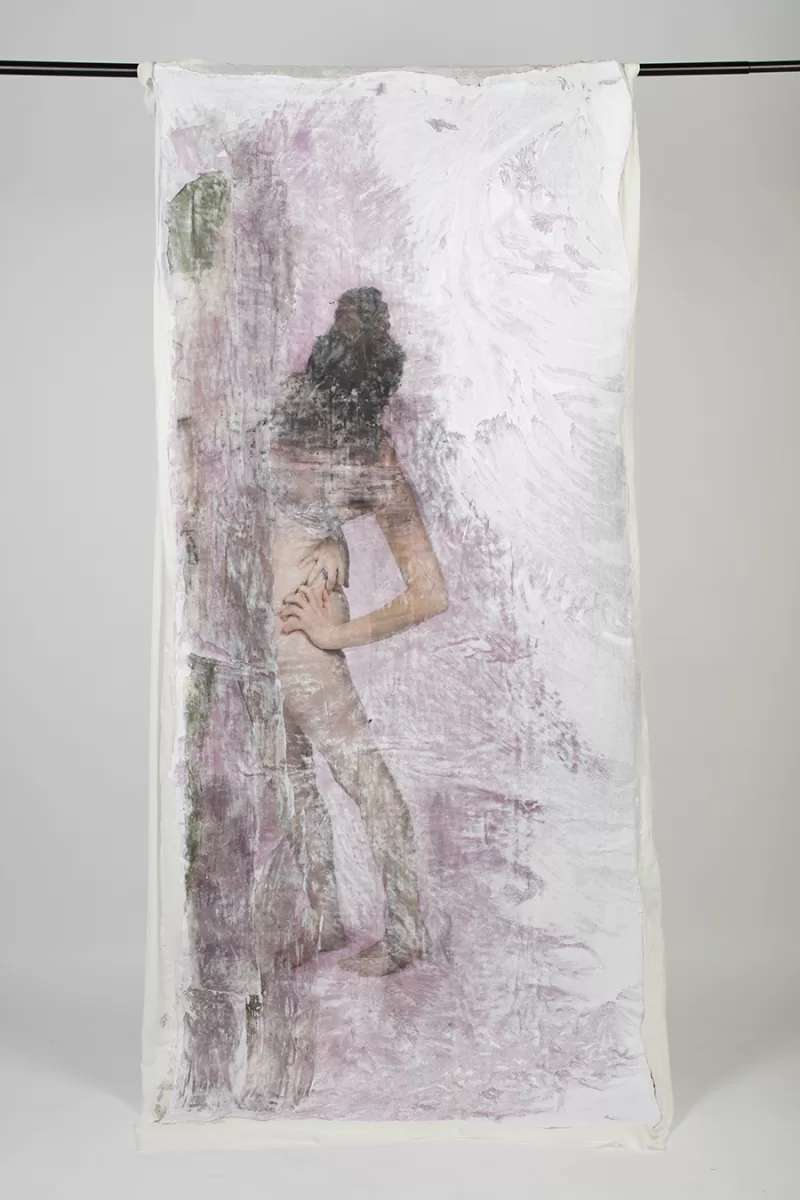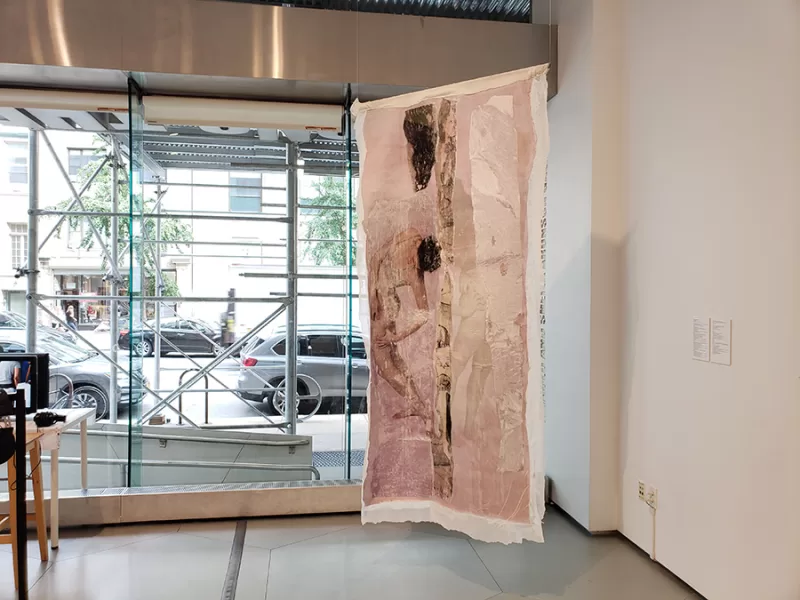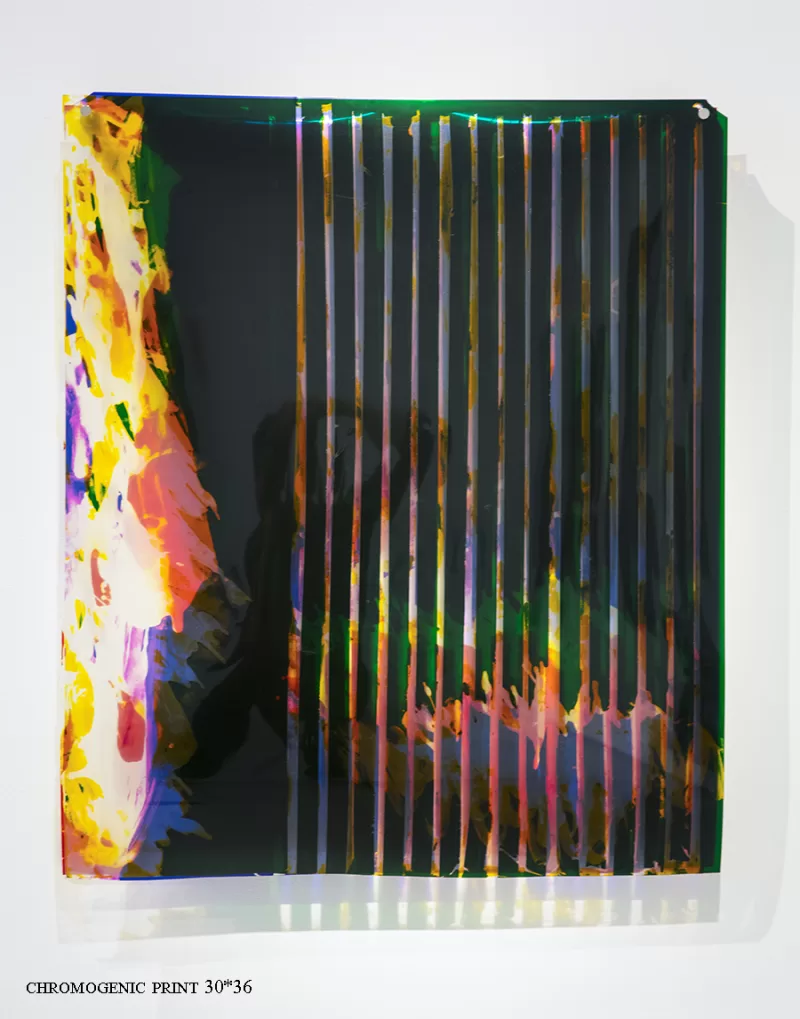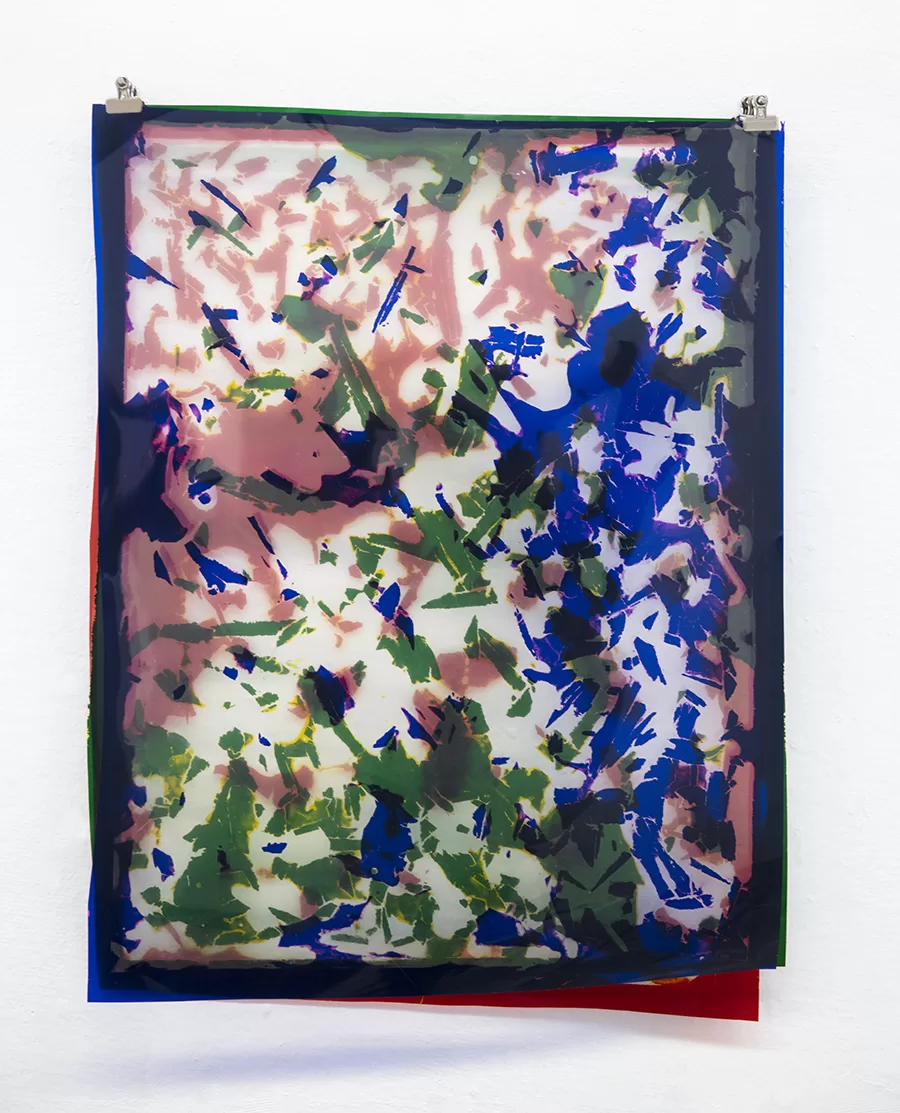Interview – Parsons MFA Photo Graduates 2018
Eva Zar
What is your graduate project about?
My body of work looks at femme- identifying bodies in dialogue with the world of the beauty industry, a world of rigid and heteronormative gender rules. Understanding these enactments as fabrications, both manufactured and sustained through corporeal signs as Judith Butler argues, we understand there is no ontological reason for these specific constructions. The driving force behind my work is to offer an alternative beauty standard that is more inclusive. Femme is about how we get a say in what is being sold to us. I proposed an intimate revolt by recoding the language of advertisement to empower all femme identities.
How has the program at Parsons informed your idea about photography? Has your perception about photography changed and how?
I mean, I think just moving to the States and specifically to New York from a small city changes your perception of photography so much. As a photographer, I’m influenced by my environment the people surrounding me every day — with New York that has completely shifted in the last two years, which is exciting.
What was good about studying at Parsons? What is your highlight of the course?
Parsons can offer you a like-minded community, hanging out with peers who understand where you’re coming from. The equipment centre especially offers so many different options which offers a bunch of room to really get into experimenting and expanding to the next level.
Who inspires your work?
I look up to a lot of photographers who took the same portraiture route as I’m trying to taking — photographers and directors like David LaChapelle, Martin Schoeller, John Waters and Jürgen Teller are definitely considered inspirations. I do get a lot of inspo by just buying random 90ies Hollywood Reporter magazines with Cher on the cover and looking through them (I have a bunch of them at this point).
What will be your next steps after school?
That’s such a crazy question because I’m excited about that next step. I was just honoured to be awarded the Photographer Of The Year for Vfiles Runway but I’m also out and about to shoot with Beacon’s Closet, Lunette, Sunday Forever, Refinery29 and a couple of secrets I signed NDAs for, haha. Right now I feel like my main next step is to bring my photography business to the next level — right now it’s still in a cocoon, waiting to become a gorgeous butterfly!
Why would you recommend this program to someone interested in photography?
It’s really up to every artist to decide what route they want to take — I know a bunch of extremely talented artists who do not hold a degree. I truly believe, there is no right and wrong. I come from a Jewish family that immigrated from Russia to Austria immediately after the Fall of the Berlin Wall, which is why my parents had to work really, really hard to provide a proper education for their kids, so it’s always been more than important to receive a traditional education.
Huang Guaier + Wang Runzhong
What is your graduate project about?
We think about the visual culture we have today and what the problems are with it, and we investigate the issues from the perspective of the philosophy of technology. We use portable scanner to play with screens and bodies, in order to create images by direct touching, and that are unique to our eyes. We also invite the audience to become a part of the work and to generate their own images.
How has the program at Parsons informed your idea about photography? Has your perception about photography changed and how?
Definitely. We are both from a non-art background and have only done photography ourselves before we came to Parsons. After entering the program, we realized there was so much to explore in the medium itself, as well as its cross-disciplinary feature with other things. We started digging deeper into the philosophy of photography and art, and our work changed drastically from that.
What was good about studying at Parsons? What is your highlight of the course?
We have a strong community who supports each other, and the massive cage of equipment is a luxury. We get to produce whatever work we want and are not limited to only a few types of things. Moreover, we have a vast amount of courses for us to choose from across the New School.
Who inspires your work?
Bruce Nauman, Bernard Stiegler, Claire Bishop, Vilem Flusser, and many others.
What will be your next steps after school?
We need more time to research and make work because the two years at Parsons was short and we still have a lot in mind to put into practice.
Why would you recommend this program to someone interested in photography?
This is the type of program where you have the freedom to experiment with anything. The program also has an extremely diverse group of people, which makes communication between different cultures happen. The staff and professors are always willing to help, and they give you honest opinions which helps to improve you and your practice.
guaier-runzhong.com / @guaier_and_runzhong
Maryanne Braine
What is your graduate project about?
My thesis project is called Excavation. It is the material search and rejection of the female self through material disruption of photographic representations. This work aims to question how the formation of self-comes into being and specifically how the female form is perceived. Through the physical gestures of ripping, pasting, covering, uncovering, and rearranging my own image I attempt to take control of these perceptions. This process of creation also mimics the internal attempt to understand my own identity. With this work I am taking images of my own body poses in inquisitive and prodding positions and breaking them up in order to rebuild my own image and redefine myself outside of the confines of the patriarchal views that are placed upon women.
How has the program at Parsons informed your idea about photography? Has your perception about photography changed and how?
Parsons has pushed me to look at photography and my own work in a more conceptual way. I’ve been pushed to think beyond my initial intuition and question the imagery within my own work. It’s given me opportunities to explore new ways of image making as well. Parsons has led me to strive to understand the deeper meaning within what I’m creating past the catharsis that comes with my personal mode of creation. It has led me to really see where my work sits in a historical and contemporary context with photography and the art world as a whole.
Photography has been moving into a more and more digital realm, where you can no longer sit with a physical object, my mode of creation with my own work attempts to bring photography away from the digital and back into the physical world.
As far as concepts, it’s been enlightening to look at my own work about exploring the female self-next to predecessors also dealing with the body such as Francesca Woodman, Ana Mendieta, or Jeanne Dunning.
What was good about studying at Parsons? What is your highlight of the course?
The program is structured in a way where you are encouraged to explore individually and follow what concepts and mediums you are most passionate about. Parsons has given me the opportunity to work with artists who are masters in their field. For instance, I was incredibly excited at having the opportunity to work with artists like Jill Enfield who specializes in many alternative photo processes and practices that deeply influenced the way I created much of my thesis work. It’s great that as artists and students we were given the freedom to create in the way that made sense for us and they could check back in with professors once or twice a week to receive feedback and get advice on what direction to move in next. Also, the student cohort that I was surrounded with was such a positive and diverse group of people that often had ideas and opinions about my work that I would have never thought of myself. Being around that group every day was something that I really do cherish and will miss moving forward after graduation.
Who inspires your work?
Conceptually I’m inspired by artists Francesca Woodman, Ana Mendieta, or Jeanne Dunning. When it comes to working with more experimental based photography I’m inspired by contemporary artists like Mariah Robertson, who works in a colour darkroom to create unique large-scale chromogenic prints or Brittany Nelson who specializes in creating abstract photographic images using a process called Mordancage.
What will be your next steps after school?
I’m going to continue creating and making work, but perhaps at a slightly more relaxed speed than the grad school pace. Also, I’m working on breaking into the world of art foundations and non-profits. Looking to find ways to give underserved populations access to the creative and visual arts. I was lucky enough to have access growing up and it dramatically changed my life for the better. I want to give young and emerging artists today that same opportunity.
Why would you recommend this program to someone interested in photography?
Yes, but not just photography in a conventional sense, rather interested in pursuing fine art and questioning what makes a photograph a photograph. I think this program is for those who want to stretch the confines of what it means to be an image maker and is passionate about pursuing conceptually driven and processed based modes of making.
www.maryannebraine.com / @maryanne.braine
Zeshan Ahmed
What is your graduate project about?
Photographic discourse for a long time has only dealt with photographs as windows and mirrors onto the world. In Under Erasure, I attempt to go inwards by moving away from creating photographs by pointing the camera at the world.
Breaking down the visual perception to its syntax of Red, Green and Blue (RGB), which can be defined as the grammar for all visual language employed in the digital screens, camera sensors, and light receptors in the human eye. I use RGB as a building block for making this. To investigate visual perception and challenge conventional notions of photographic representation, while highlighting the material form of the photograph.
When talking about colour we usually think about the subjective sensations it evokes, but through this project, I take upon the question of location “where are colours to be found—out in the world, or only inside the mind?” Colour may not exit but the perception of it does. Which leads us to suspect that the eyes are no transparent window onto reality.
The process of creating these images involves a series of translations between digital and analogue photography: I begin with RGB colours in Photoshop, then print these colours on silver-halide transparencies, then erase colours from these transparencies with chemicals I apply by hand and layer them on the wall. This process creates a tension between what is revealed and what is concealed in the final piece. And the final piece isn’t final at all, but instead a moment in this process in the dialectic between visible and invisible.
According to Heidegger, erasure expresses the problem of presence and absence of meaning. Derrida extends this notion by stating that erasure does not mark a lost presence but the potential impossibility of presence altogether. I use both Derrida’s and Heidegger’s arguments while applying this linguistic principle in my work – proposing erasure of colour from these prints does not imply that it is no more present but questioning if it ever was.
The intention here is to slow down the viewer’s process of recognition. Representation diverts perception in a particular direction. However, I am interested in the poetics of abstraction, the rustle of colour, and the deconstruction of visual experience.
How has the program at Parsons informed your idea about photography? Has your perception about photography changed and how?
The program has completely transformed the way I think about photography and has helped me engage in a critical dialogue with it. I have started using photography not just as a tool but subject matter. Considering photography does not strictly have to be a lens based practice. I now understand, an elemental aspect of photography since its inception has been its ability to fix the desired image on a surface. Which for me puts materiality at the centre of the photographic discourse. I highlight the importance of the material qualities of the photograph by physically manipulating them, as a photograph can never be simply an image. It must take specific material form. This also comes as a response to the proliferation of homeless JPEGS and GIFS, the disconcerting immateriality of the digital age. Why would a viewer engage with photographs physically when everything is assessable online and what dialogues does the sense of physical space create between the viewer and the work.
What was good about studying at Parsons? What is your highlight of the course?
The best part of the MFA Photo program is that you are free to shape your practice and course of study. As a student, you could take classes in any of the 5 schools under The New School which opens up a lot of avenues for experimentation and collaborations. I am also grateful to the sense of community that the school provides from the faculty to the students. We were a group of 16 people from 8 different countries which put you in a broiling mix of ideas, sensitivity and perspectives. I think I learned a lot through that.
Who inspires your work?
My inspirations keep changing depending on the moment I am in, it’s hard to pin it down. Currently, I am in awe of Orhan Pamuk My Name Is Red.
What will be your next steps after school?
I am in school for another semester which is also a flexibility the program allows. After school, I would like to be in residencies while working on developing my own studio and work as an independent artist. Fortunately, I was well trained in the technical aspects of the photography before joining the program, would rely on that for bread and bed.
Why would you recommend this program to someone interested in photography?
I would recommend the program to anyone who wants to have an interdisciplinary practice and want to take up the challenge of critically thinking through and about the photographic discourse.

